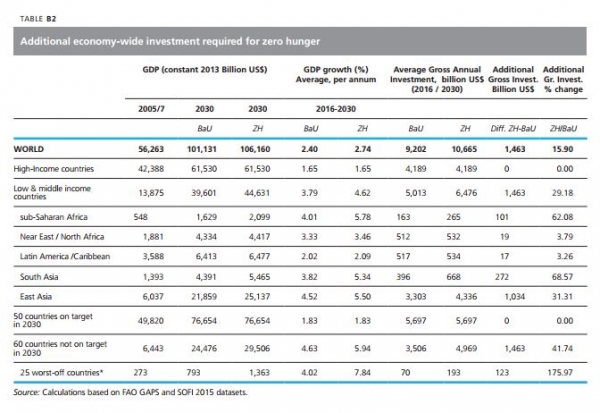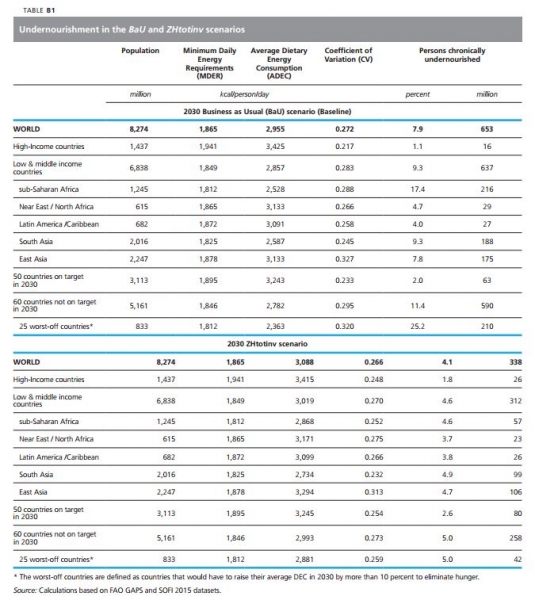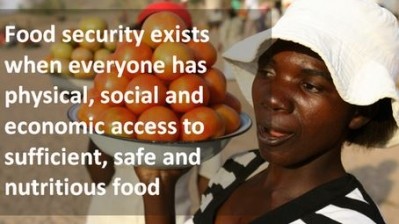€143 per person per year can end chronic hunger globally

A Food and Agriculure Organisation (FAO) report published today in Rome on achieving ‘Zero Hunger’, said €240bn was needed per year between now and 2030 to end hunger that still afflicts 800 million of the world’s poorest people.
“Hunger in a world of plenty is not just a moral outrage; it is also shortsighted from the economic point of view," the report states.
The report, worked on with the International Fund for Agriculture Development (IFAD) and the World Food Programme (WFP), calls for ‘targeted investments’ and social protection measures to end hunger.
"The message of the report is clear: if we adopt a ‘business as usual’ approach, by 2030, we would still have more than 650 million people suffering from hunger. This is why we are championing an approach that combines social protection with additional targeted investments in rural development, agriculture and urban areas that will chiefly benefit the poor," said FAO director general José Graziano da Silva.
"Our report estimates that this will require a total investment of some US$267bn (€240bn) per year over the next 15 years. Given that this is more or less equivalent to 0.3 percent of the global GDP, I personally think it is a relatively small price to pay to end hunger."
IFAD president Kanayo F Nwanze added: "This report helps us to see the magnitude of the challenge ahead of us, but we believe that we won't see gains in reducing poverty and hunger unless we seriously invest in rural people.”
"Given the right kind of tools and resources, small-scale agricultural producers and rural entrepreneurs can transform struggling communities into thriving places.”
Measures could include food processing to reduce post-harvest waste and losses; stronger institutional arrangements for land and water tenure; credit facilities; labour legislation, and nutrition-related services.
Such actions as these could “make farm and off-farm activities and markets accessible to marginalised groups, including women and young people.”



















